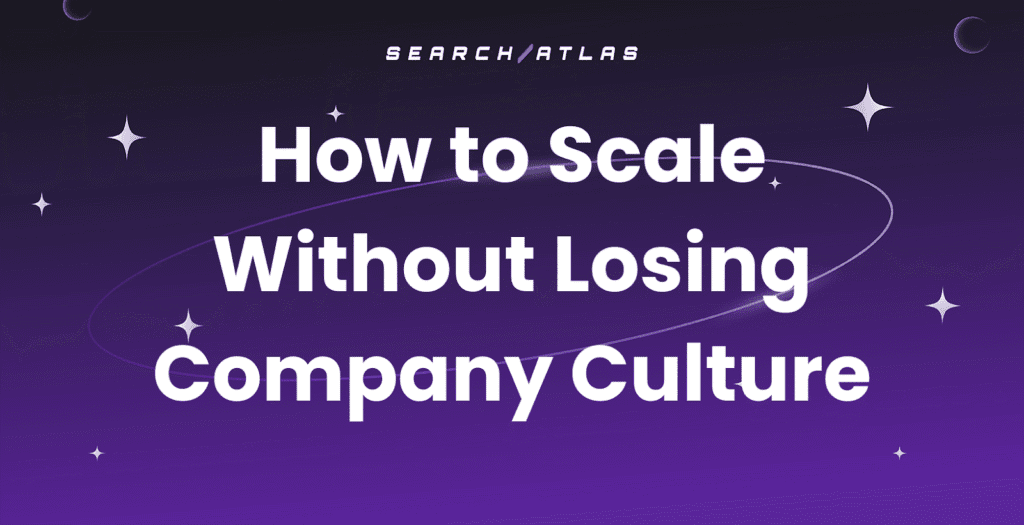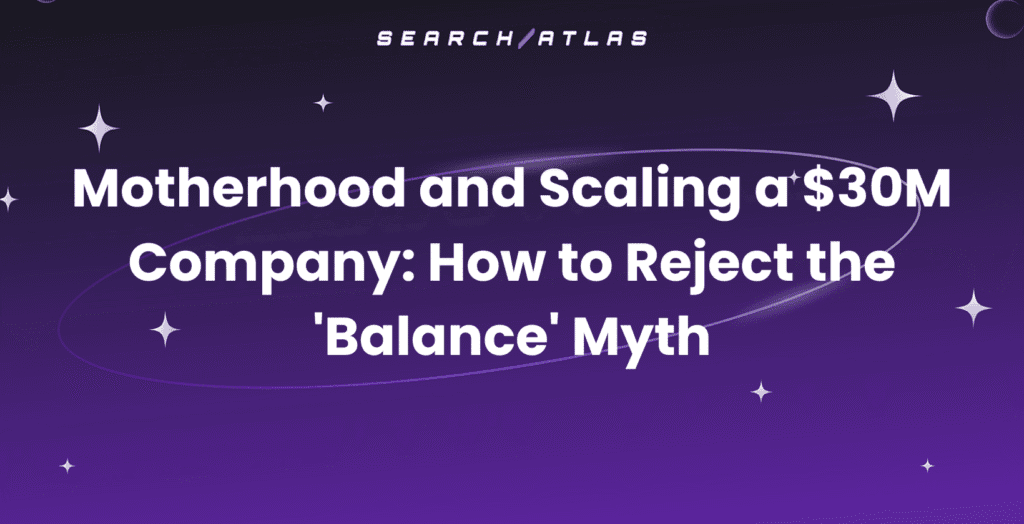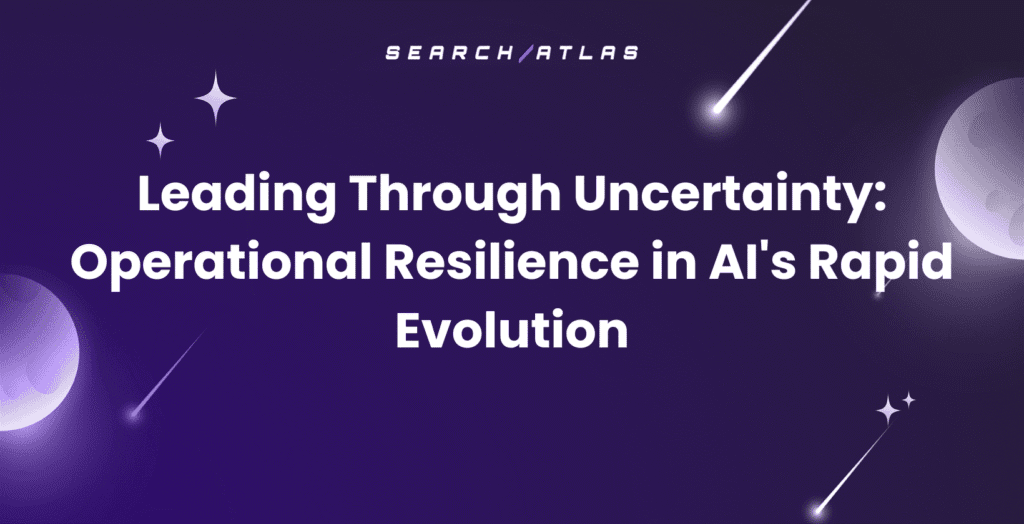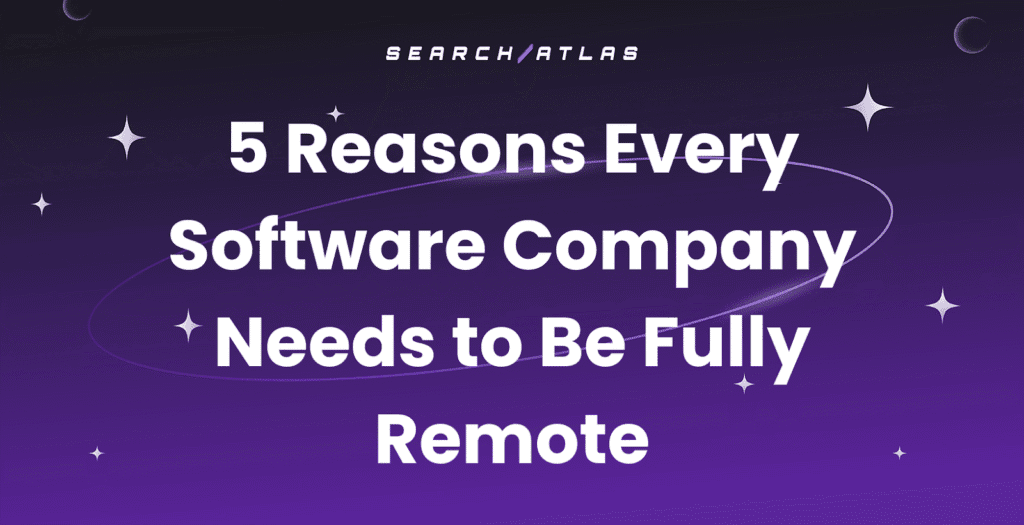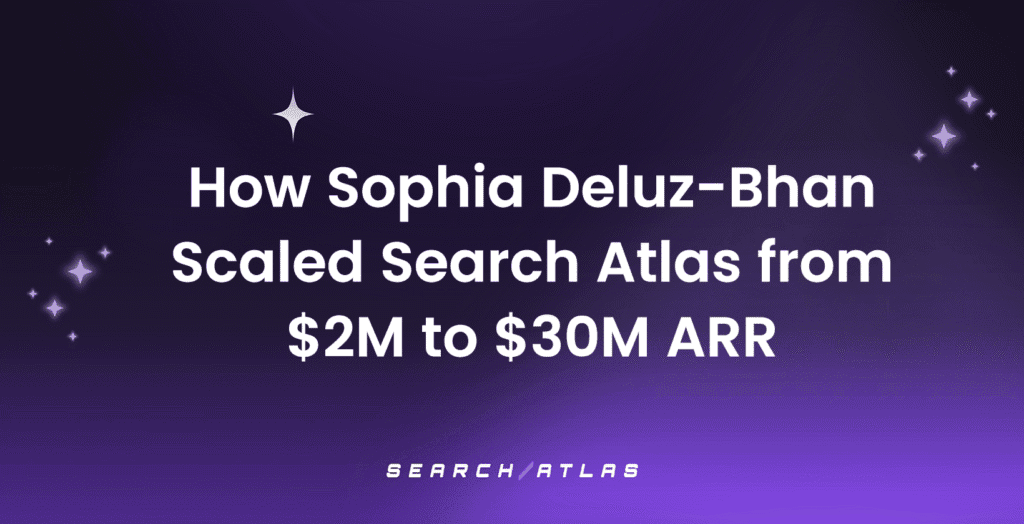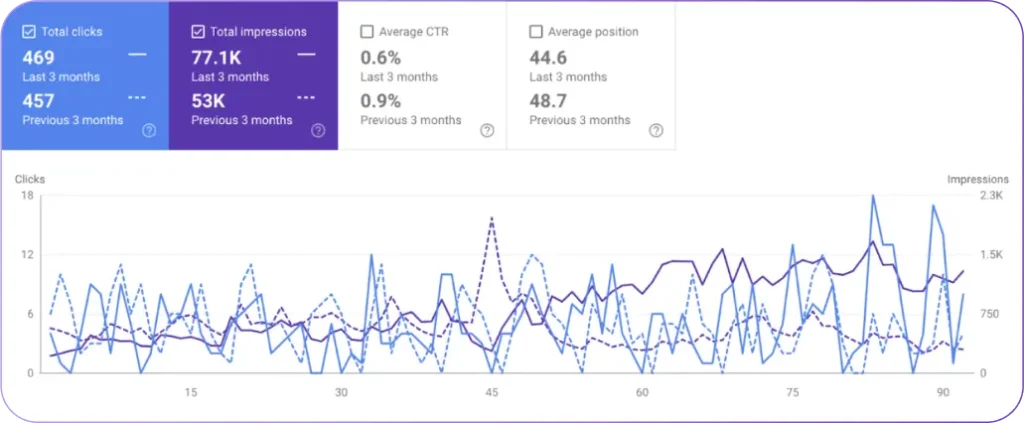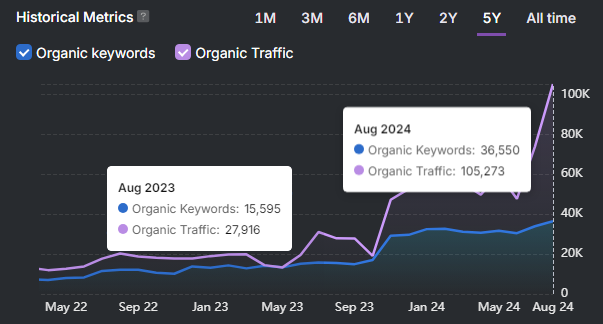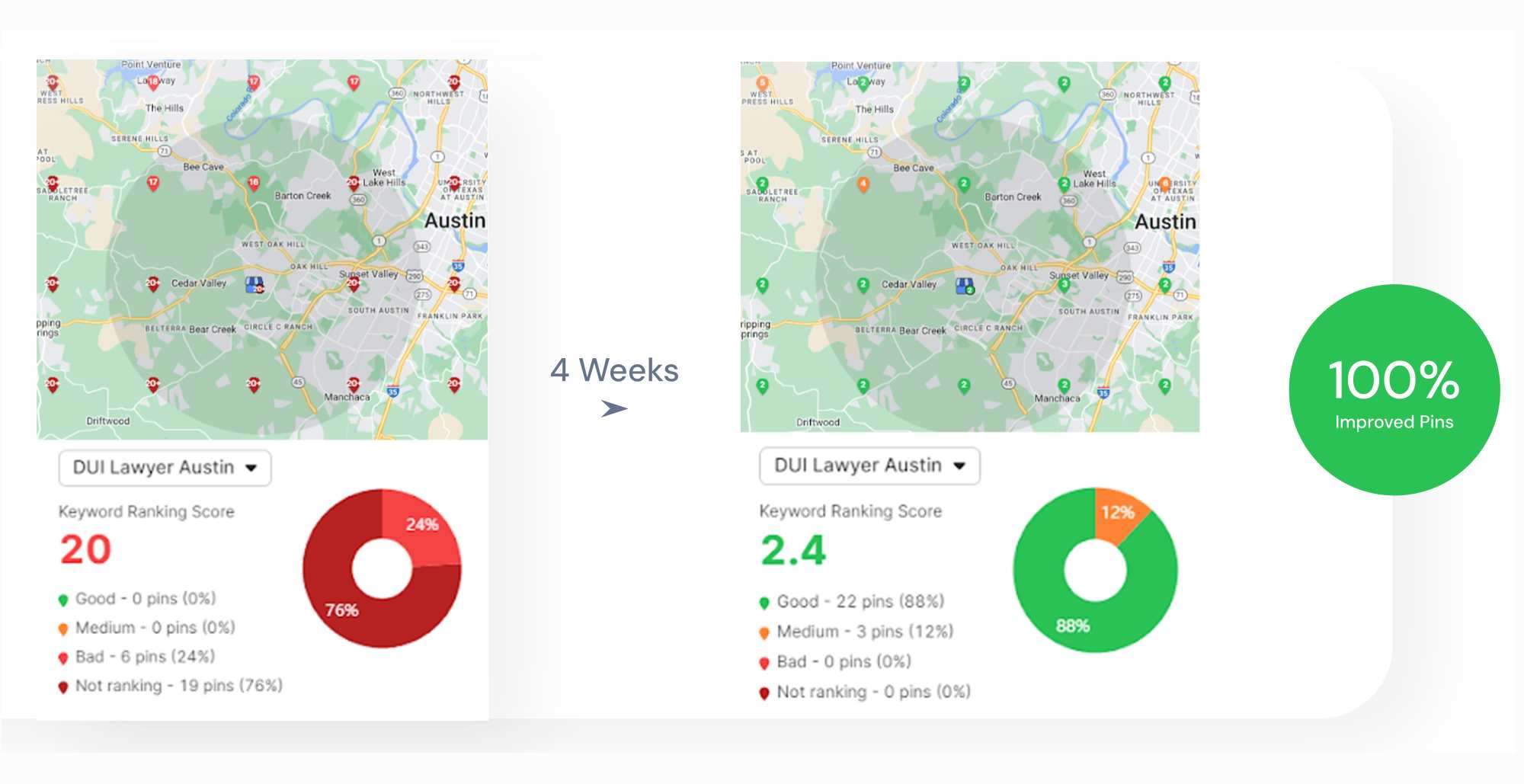As agentic browsers and large language models navigate the web autonomously, the advertising industry faces a new measurement challenge. These systems read, summarize, and act on behalf of users, often without disclosing identity or intent. Traditional analytics, built on human traffic, are no longer enough.
The Search Atlas team tested agentic browsers and discovered a potential risk of their misuse for ad fraud. But ad fraud is not the only challenge here: it’s the lack of tools to measure agent-driven activity. Since synthetic activity produces no economic value, brands now have to distinguish human from agentic traffic.
So once clicks come from machines, how should they be valued?
Three Proposed KPIs
Our research suggests three KPIs that can serve as fodder for development, testing, and discussion: agentic inclusion, agentic conversion rate, and narrative fitness.
1. Agentic Inclusion
Agentic inclusion measures whether a brand appears in an agent’s knowledge graph or its allowed vendor set.
If an agent cannot “see” your brand, it cannot select or reference you. Measurement would likely have to rely on agent outputs or proxies, such as scraped LLM responses or declared vendor lists.
2. Agentic Conversion Rate
Agentic conversion rate tracks how often an agent selects your brand over alternatives.
Unlike human conversions, this reflects the agent’s internal reasoning. Measuring it might require simulations or combined interaction data, because it can be difficult to determine which agent actions actually influenced outcomes.
3. Narrative Fitness
Narrative Fitness evaluates whether a brand is cited, trusted, and surfaced consistently within LLM outputs and agent protocols. It reflects how well your content survives reinforcement loops and influences autonomous decision-making.
Direct measurement is currently limited, so we would likely have to rely on proxies: tracking brand mentions in AI outputs, testing how agents treat your content as credible, and observing whether your brand affects agentic selections or recommendations.
For now, these KPIs are directional metrics. They provide guidance on what to measure, but cannot yet deliver precise, auditable results. Their value lies in helping marketers plan for a future where agentic systems are transparent and measurable.
Key Issues With LLM Measurement and Agentic Browsers
Agentic browsers like Comet, Dia, and GPT Atlas operate autonomously, often interacting with websites without clear signals of their identity or intent. This lack of transparency creates challenges for measuring engagement, conversions, and brand influence. The following issues illustrate why traditional analytics fall short in agentic environments.
Transparency of Identity
Agents must clearly identify themselves when interacting with websites. Undesignated user agents, such as some observed in GPT Atlas, create uncertainty. Without clear identification, metrics like Agentic Inclusion and Agentic Conversion Rate cannot be trusted, because it’s unclear whether engagement originates from a human or an autonomous system.
Traffic Attribution
Automated interactions can inflate metrics or obscure patterns, so it’s difficult to determine what actually drives engagement or conversions. Accurate attribution is essential for brands to understand true performance and optimize their strategies.
Background and Crawler Agents
Crawlers from OpenAI, Perplexity, and Anthropic, among others, should declare their origin. Undisclosed crawling complicates the measurement of inclusion and conversion, as it introduces untracked interactions that can skew data and obscure trends.
Operational Implications
Clear identification and attribution allow marketers to filter traffic, build reliable attribution models, and implement safeguards like rate-limiting. Without transparency, all three KPIs—Agentic Inclusion, Agentic Conversion Rate, and Narrative Fitness—remain measurable only through proxies rather than direct data.
Practical Implications for Marketers
Agentic browsers highlight the need for standardized identification and attribution. Brands that cannot distinguish human from agentic traffic will struggle to optimize inclusion, measure preference, or evaluate narrative impact. Until disclosure and observability improve, these KPIs are directional metrics—conceptual tools rather than definitive measures.
Looking to 2026, brands must develop strategies for agentic behavior, prioritize transparency, and build experimental frameworks for inclusion, conversion, and narrative fitness.
They must also determine the value of agent-driven engagement: if visits originate from machines, which metrics carry commercial significance, and how should campaigns be priced?
Success will depend not just on presence in agentic ecosystems, but on understanding and measuring interactions in ways that remain experimental and dependent on transparency standards. The Search Atlas team will continue to research, test, and share its findings.


